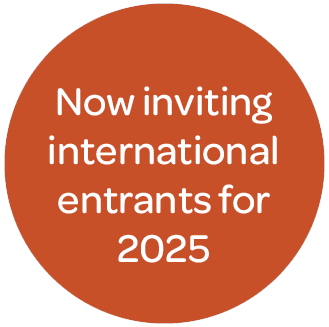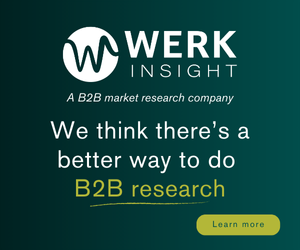Mindfulness for Marketeers
Incite Marketing Planning Ltd – 11 October 2018
Source Research World Connect
Learning things about consumers is easy; learning how to apply that insight can be tough. Actually remembering to apply it can be tougher still.
From apps to the NHS, mindfulness is helping people pay more attention to the world around them. So what value might there be in applying this to the way organisations use consumer insight?
The idea of mindfulness covers a lot of ground – from ancient eastern philosophy, to apps like Headspace that transplant that thinking to the twitch-reflex digital age. The unifying idea is simple though: wisdom and enlightenment can be found through paying attention to the world, purposefully, and with acceptance.
This idea has already found its way into the world of business as a route to personal development and wellness. We think it could be a rewarding exercise to apply this thinking to the specifics of how we work with consumer insight too. Paying attention to the world outside the office is the main reason that our colleagues and clients in marketing come to us. But ultimately, it’s the marketers who need to deploy that skill at the right time for it to shape what the business will do, often when we’re not in the room.
And we know it becomes more difficult to remember what the consumer said when a team gets to the sharp end of business planning. Commercial, logistical and political considerations can crowd out good intentions. And when insights run counter to intuitions, agendas, expectations or hopes, it can be even more difficult.
Exciting collateral, compelling arguments, and strategic outputs that link insight to action can all help. So too can building insights directly into the templates and processes used for planning. But before all that comes a mindset – what we call Consumer Mindfulness.
So here are three tips for Consumer Mindfulness. This is defined as things we can encourage the marketeers in our lives to do to make best use of consumer insight throughout the planning process.
1. Recognise that mindfulness is a skill – and find time to practice
Just as in our personal lives, mindfulness is not always our natural default in business. So we need to train ourselves to do it by deliberately setting aside time. And we need to recognise it as an active, difficult, sometimes uncomfortable task – not something that just happens.
A great way to do that is to tie your Consumer Mindfulness to another part of your work schedule.
If you’re a to-do list maker, set aside a couple of minutes each morning to review the items on that list. Take a few moments to call your consumers to mind, and ask yourself what would they think of each of these actions?
If you’re a grand planner, consciously take a moment to think about business challenges and opportunities from the perspective of one of the people who pay money for your products. Do the plans makes sense? Are they easy to grasp? And ultimately how do those plans benefit them?
And you can even tie this practice to the routine of your life. If you work in FMCG for example, allow yourself to pause for 60 seconds next time you do your shopping and ask what are people doing in my aisle? Are they excited? Bored? Confused? Are they moving fast or slow? And why?
2. Embrace discomfort
Ironically, the more transformative and valuable the insight, the more difficult it can be to accept it and act on it. These types of insights can challenge what we think we know and get in the way of what we want to do. This is an example of what behavioural science calls Sunk Cost fallacy. We have a psychological predisposition to plough on with things we have invested in – either literally or figuratively – even in the face of evidence that it’s no longer the wisest move.
A key part of mindfulness is to acknowledge and accept things as they are, not as we want them to be.
So, take a breath before dismissing the unexpected. Make openness not scepticism your default mode. Ask if this were true, what would we do? If you embraced the challenging insight, what would you do differently? And try to see the upside too: what unexpected opportunities might unexpected insights point to.
3. Look for human stories
Language frames the way we see the world. If we always describe marketing challenges in marketing terms (‘market share’, ‘repeat purchase’, etc) it can be hard to see the solution. Instead, look for what the marketing challenge means in human terms – reframe it in terms of the who, what, where and when.
This is part of the process we apply internally when translating client briefs into the behaviour change that the marketing plan needs to deliver, and it can be a hugely liberating exercise. It makes us naturally more mindful of the consumer, focuses us on the specifics of the challenge in front of us, and can surface new solutions.
And when insight is framed in this more human way it immediately becomes easier to visualise and empathise with consumer behaviour because we are now dealing in the complex and fascinating world of people, not the abstracted world of targets and metrics.
None of these tips alone will transform the way a business uses, insight but taken together they can encourage a curiosity about consumers, an openness to learning new things and the habit of respecting what consumers say. This is the right environment for insights to flourish into meaningful action.
Advertisement
Get the latest MRS news
Our newsletters cover the latest MRS events, policy updates and research news.














